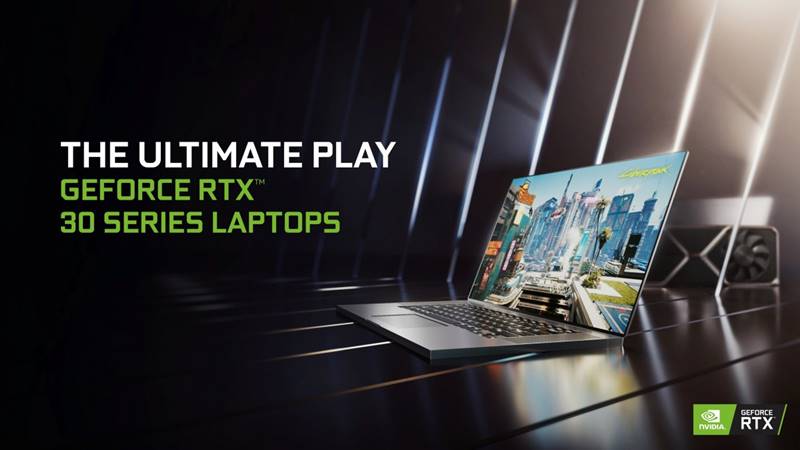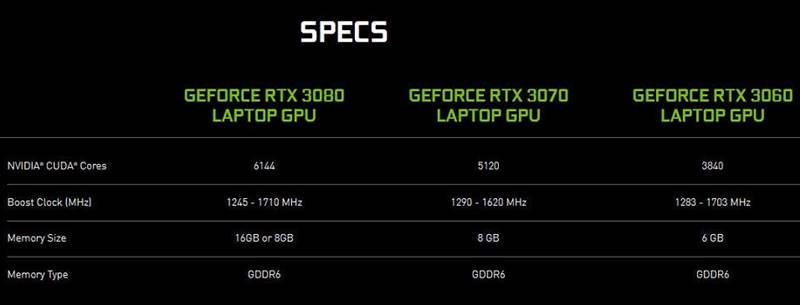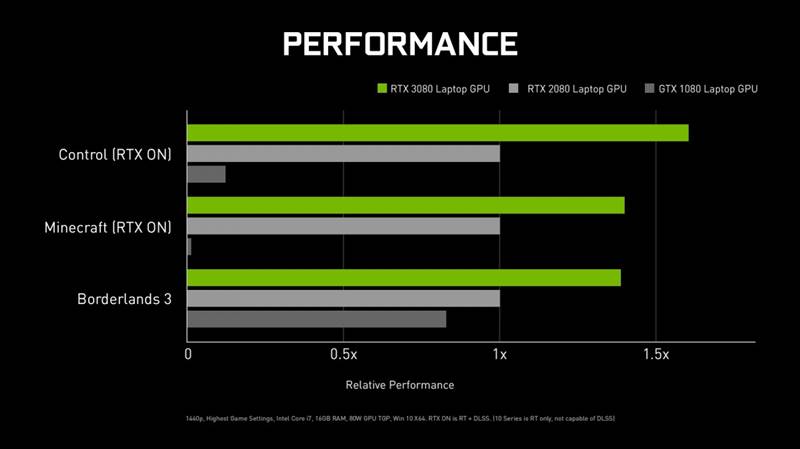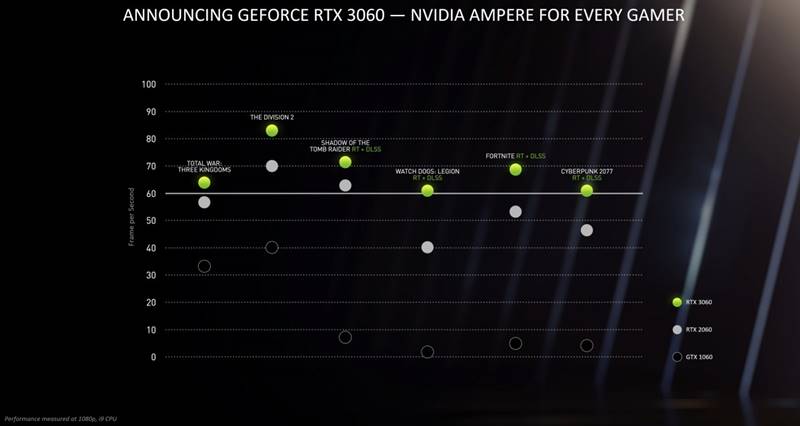Nvidia made some important announcements today, including the launch of their RTX 30-series laptop GPUs and the RTX 3060, which will be the company’s cheapest desktop graphics card in the current line-up.

According to the company, there will be several options for customers who want to buy laptops powered by Nvidia RTX 30-series GPUs, including the RTX 3060, RTX 3070 or the RTX 3080.
The laptops will start at $999, $1,299 and $1,999 respectively depending on the graphics model and the rest of the configuration.
Read more: WhatsApp offers clarification on updated privacy policy.
Like the desktop counterpart, the RTX 30-series GPUs for laptops are based on the Nvidia’s Ampere architecture, featuring second generation RT cores for real-time ray tracing and third-generation Tensor Cores for artificial intelligence and machine learning.
The GPUs will also support the third generation Max-Q tech enabling use of features like Dynamic Boost 2.0, which balances power between the CPU, GPU and GPU memory based load on a per frame basis using artificial-intelligence (AI) technology.
RTX 30-series for laptops will also include the WhisperMode 2.0, which allows users to set a certain noise level for the cooling system.
The AI-powered algorithm takes control and manages the CPU, GPU and system temperatures and fan speed to lower noise level at the best possible performance based on the user settings.
Nvidia is also adding resizable BAR support, which allows the CPU to access the entire GPU memory at once to improve performance. This similar feature was released by AMD as Smart Access Memory with their RX-6000 series GPUs.
The Nvidia RTX 30-series powered laptops will be available from all major vendors / OEMs starting January 26th.
Specifications
The Nvidia RTX 3060 being the base variant will feature just 3840 CUDA cores clocked at 1283MHz with a boost clock up to 1703MHz while providing two GDDR6 memory configurations, including 16GB and 8GB.
On the other hand, the RTX 3070 for laptop will be equipped with 5120 CUDA cores clocked at 1290MHz with a boost clock of 1620MHz. This GPU will have only one memory configuration with 8GB of GDDR6 memory.
While the flagship variant, the Nvidia RTX 3080 for laptop will feature 6144 CUDA cores clocked at 1245MHz with a boost clock of 1710MHz and two memory configurations. The GPU comes with either 16GB or 8GB or GDDR6 memory.

Here is a comparison of the performance of the RTX 3080 laptop GPU compared to the previous two generations, which include the RTX 2080 and GTX 1080 mobile GPUs.

Nvidia RTX 3060 for Desktop
Along with announcing their laptop GPUs, the company also launched its cheapest desktop graphics option in the RTX 30-series line-up, the RTX 3060, starting at just $329, which is a full $70 cheaper than the RTX 3060 Ti at $399.
The RTX 3060 is based on the new GA106 GPU and features 3584 CUDA cores clocked at 1.32Ghz with a boost speed of 1.78Ghz. The card also features 12GB of GDDR6 memory with a 192-bit memory interface. The card has more memory than the 3060 Ti, 3070, and the 3080.
It offers second generation RT cores, third generation Tensor cores as well as support for features like NVIDIA DLSS, DirectX 12 Ultimate, PCIe Gen 4, HDMI 2.1, AV1 decode, and Direct Storage.
It is pertinent to mention that the BAR feature will also be supported and it will be making its way to other 30-series cards with future driver updates.
According to Nvidia benchmarks, the RTX 3060 is twice as fast as the four and a half year old GTX 1060, which is currently the most popular graphics card according to steam hardware survey.
However, the company did not give any clear figures compared to the RTX 2060 but the graph released by the company shows an miniscule difference between the two. It should be noted that Nvidia did not even include the RTX 2060 Super variant in the comparison graph.

Let us know what you think of these additions to the Nvidia GPU line-up, especially the RTX 3060 for desktop, which now provides a much affordable alternative to those who want to avoid going AMD for those CUDA cores.
Read more: Samsung unveils Exynos 2100 with integrated 5G modem.
















